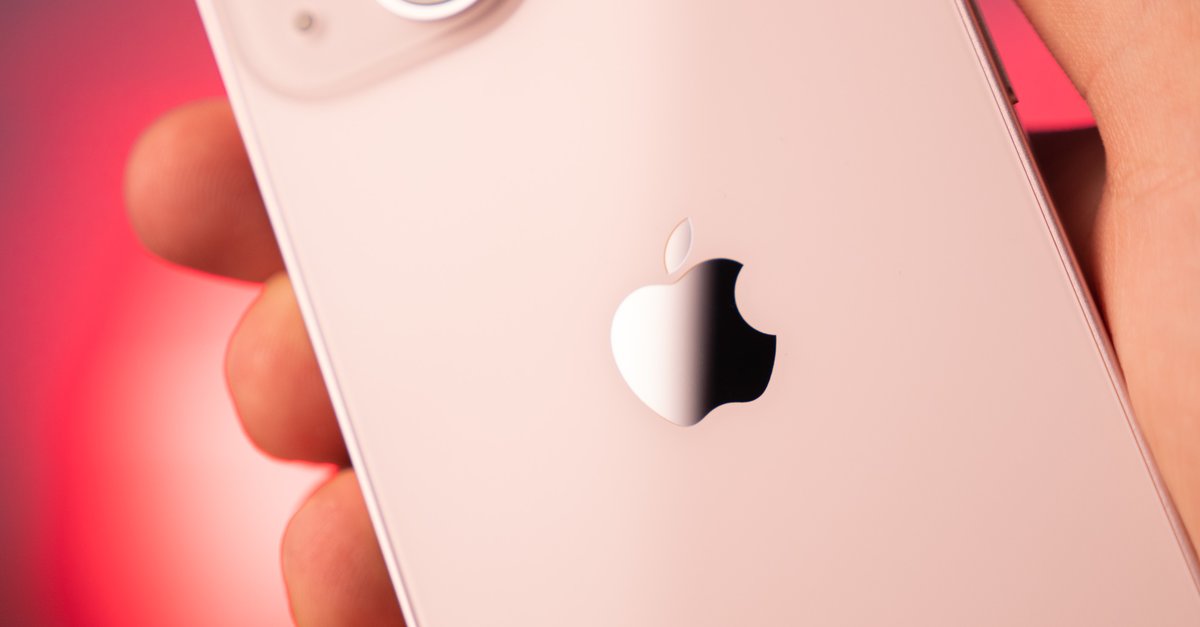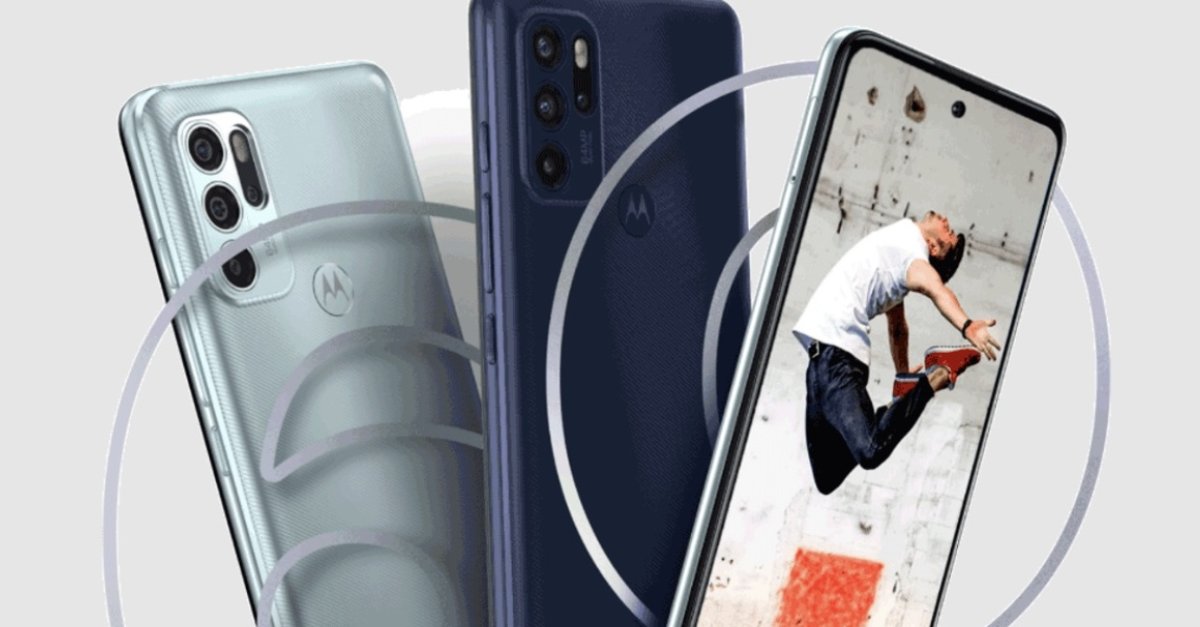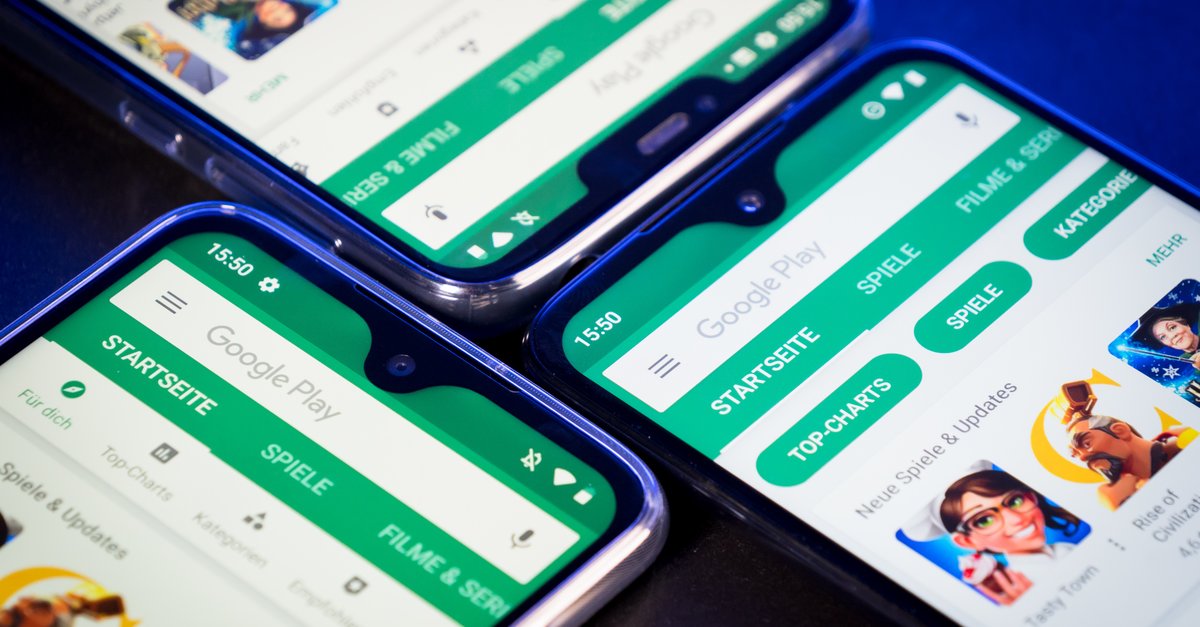That’s how radical Apple’s near future will be
What can we expect for Apple’s still most important product up to the year 2025, how will the iPhone develop in the next three years – or even afterwards? Based on the foreseeable technical evolution and tangible documents, we risk a realistic look into the near future.
The past shows that predictions of the future are not always correct, at least when they try to cover a period that is too wide. But we don’t want to go that far into the distance, we are satisfied with looking ahead to the year 2025 or at most two years beyond.
Even if Apple is repeatedly seen as a master of innovation, the manufacturer from California is quite conservative. Larger leaps in shape and design are rare. For example, if you look at the iPhone X from five years ago, at first glance a layperson can hardly see any differences to today’s iPhone 13 – full-format display, notch and Face ID are still the dominant features. Five years earlier (2012), Apple also dared to use a slightly different display format with the iPhone 5, which differed from the original model. This was and still is the case today: Evolution instead of abrupt revolution.
For this reason we are sure that it is, for example also in the future iPhones with a notch even if Apple gradually abolishes them on the top models. Even today, a current iPhone SE basically still looks like an iPhone 6 from 2014. We bet: The budget model of the iPhone in 2025 will therefore look just as familiar to us and will probably remind us of an iPhone X or iPhone XR.
iPhone 2025: Apple eliminates notch, ports and SIM card
But what about that Top model, the “iPhone 17” in 2025, what can we ultimately expect from Apple? Based on rumours, but also patent applications, a picture of the upcoming Apple smartphone can already be drawn:
The notch should have disappeared from the top model by then. By the end of 2022, Apple will in all likelihood be using a modified “punch-hole design”, a combination of two openings in the display – in the form of a pill and a circular camera hole. By 2025, however, that compromise will disappear and Apple will be using a completely pristine screen. Requirement: Front camera and Face ID sensors can be placed under the display. Corresponding patents for this already exist (source: Patently Apple).
Already this year Apple will take the first step away from the notch:
Speaking of. Such an iPhone should also have one again Touch ID sensor own, but not in the home button or on the side, but as is already the case with some Android smartphones below the display. In contrast to the competition, you will probably be able to put your finger anywhere.
But Apple could not only cut the notch, the Lightning connector and even the SIM card slot could also be omitted, at least in the top model. Charging and communication is already mostly wireless and the eSIM could become even more popular in the market over the next few years. Big advantage: Apple would be able to protect the iPhone even more against water and dust, which would then perhaps even make it possible to use it directly under water.
It is very likely that the main camera will improve again, as you can see from the development over the past few years. Apple will probably the first model with a periscope lens before 2025 introduce. Users could benefit from a tenfold optical zoom without having to carry a fat lens with them.
There are already cameras under the display, as can be seen here from Oppo, but their quality is not yet convincing:
The use of new materials is a bit more speculative. Recently, a patent appeared that Use of ceramics, for example suggests. Apple could build displays and buttons into it that only light up when they are used. Ideal for signaling notifications on the back of the iPhone, for example. If not in 2025, we might see something like this in the years to come.
But all in all, the iPhone of 2025 will still look pretty much like the current iPhone 13 – large display, the camera on the back … done. Or maybe not? What about foldable and flexible displays?
iPhone with flexible screen rather uncertain for the foreseeable future
As far as we know, Apple is observing the current efforts of the industry and studying the models from Samsung and Co. However, it has not yet been decided whether such smartphones are even useful and wanted. It is quite possible that you will decide against it and stay true to the classic approach. It is possible that solutions such as roll-out or wrap-around displays will only be used much later (source: Patently Apple). But we wouldn’t bet on that just yet.
So far, foldable iPhones only exist as a concept – it is quite possible that it will remain so in the future:
In general, Apple sees its own future in the field of virtual and augmented reality. If you believe industry insiders, the corresponding glasses should soon outstrip the iPhone and replace it in ten years. Foldable iPhones would then be a rather avoidable transitional technology So Apple doesn’t have to take part.
The bottom line: The days of big changes are over, and the iPhone will continue to be optimized to the maximum in the future. The smartphone concept has long been exhausted.



